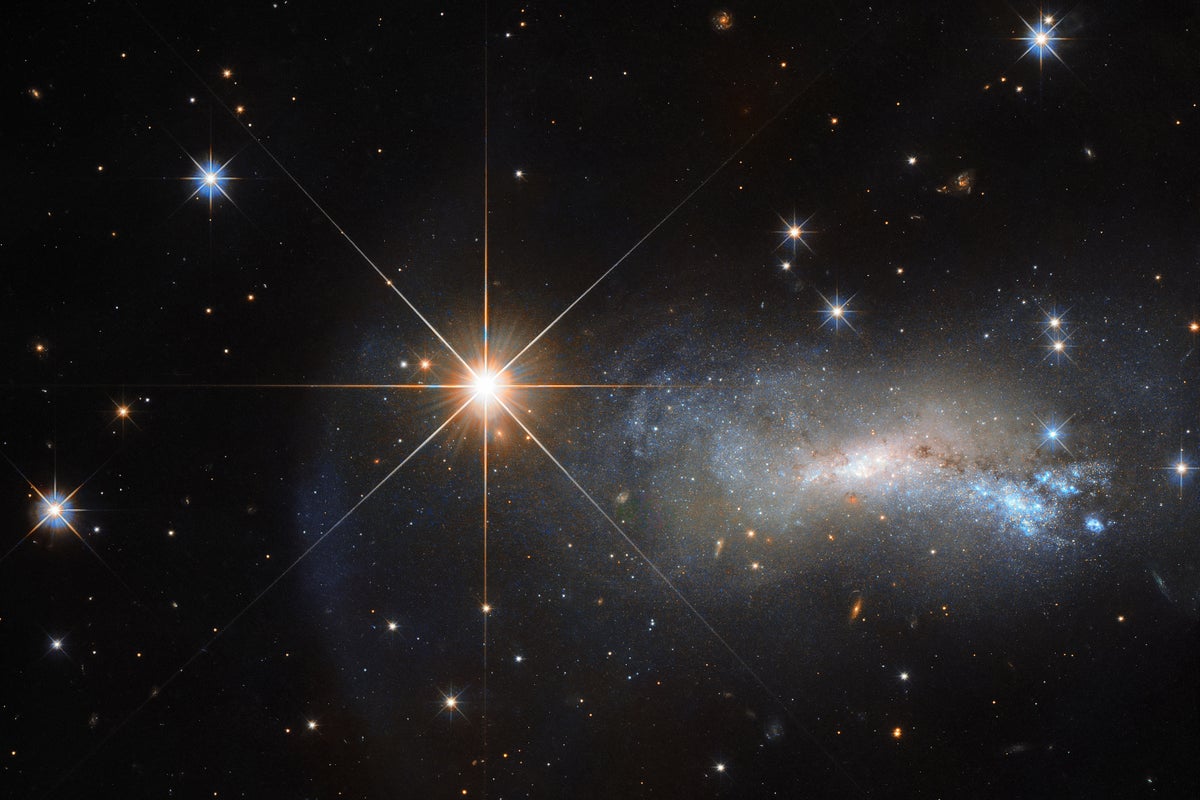
"Twinkling, or scintillation, is the apparent variation of brightness and color of stars, creating a lovely visual effect, but posing challenges for astronomers."
"For millennia, twinkling was misdiagnosed, with Aristotle attributing it to human vision limitations, rather than understanding it as a physical phenomenon."
The article explores the phenomenon of star twinkling, known scientifically as scintillation, which is the rapid variation in brightness and color caused by refraction of light through Earth's atmosphere. While beautiful for casual stargazers, it complicates observations for astronomers. Historically, the cause of twinkling was misunderstood, notably by Aristotle, who thought it was due to human visual imperfections. It wasn't until Isaac Newton's work on optics that the true cause, light refraction, was understood, highlighting the evolution of scientific understanding of light and how we observe the cosmos.
Read at www.scientificamerican.com
Unable to calculate read time
Collection
[
|
...
]